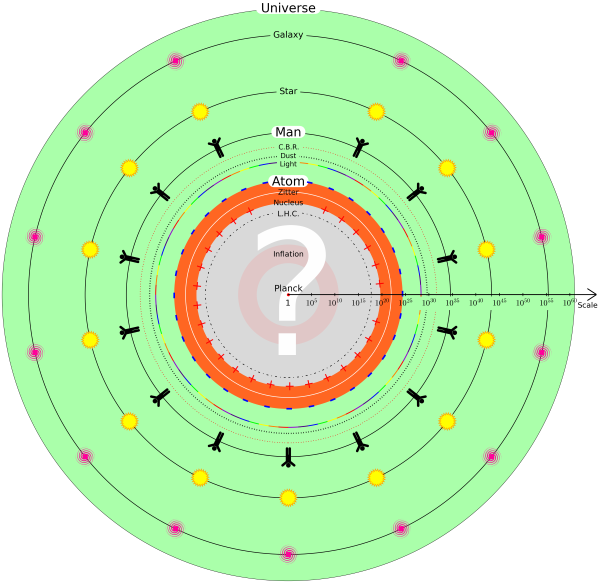Buddha's Quanta of Thought
The Dharmapada is an early collection of Buddha's sayings, a guidebook by one of the greatest explorers of reality and consciousness. It's opening verse is "Our life is shaped by our mind, for we become what we think". Here are some quotations from Eknath Easwaran's introduction to his translation of the Dharmapada: The Dharmapada – Introduced and Translated by Eknath Easwaran.
"In physics, the realization that light is not continuous led to a new view of the world. Much in the Buddha's worldview stems from a similar discovery about thought. Like light, we can say, thought consists of quanta, discrete bursts of energy. The Buddha referred to these thought-quanta as dharmas – not dharma in the sense of the underlying law of life, but in another sense meaning something like 'a state of being'. When the thinking process slows considerably, it is seen to be a series of such dharmas, each unconnected with those before or after. One dharma arises and subsides in a moment; then another arises to replace it, and it too dies away. Each moment is now, and it is the succession of such moments that creates the sense of time. The Buddha would say these dharmas come from nowhere and they return to nowhere. Mind is a series of thought-moments as unconnected as the successive images of a movie. A movie screen does not really connect one moment's image to the next, and similarly there is no substrate beneath the mind to connect thoughts. The mind is the thoughts, and only the speed of thinking creates the illusion that there is something continuous and substantial." page 81
"The Buddha, I think, would not have been surprised by the discoveries of this [20th] century which turned classical physics upside down. The essential discontinuity in nature observed by quantum physicists follows naturally from the Buddha's experience of the discontinuity of thought. So does the idea that time is discontinuous, which may find a place in physics also." Page 88
"...the Buddha would say, this universe we talk of is made of mind. There is no 'real' world-in-itself apart from our perceiving it. This doesn't make physical reality any less physical; it only reminds us that what we see in the world is shaped by the structure of consciousness. This has radical implications, one of which is that 'mind' and 'matter' are different ways of looking at the same thing. Today we are used to thinking of matter as 'frozen energy'. Mind too can be considered energy in a different form. You may remember Bohr's principle of complementarity: to get a whole picture of light, we have to describe it as waves and as particles at the same time. Similarly, the Buddha would say, if we look at experience one way – in the ordinary waking state – we see physical reality; if we look at it another way, we see mind. In profound meditation, one goes beyond sensory appearance and eventually beyond the structure of the phenomenal world; time, space, causality. Time stops; there is only the present moment. Then everything is pure energy, a sea of light." Page 89
